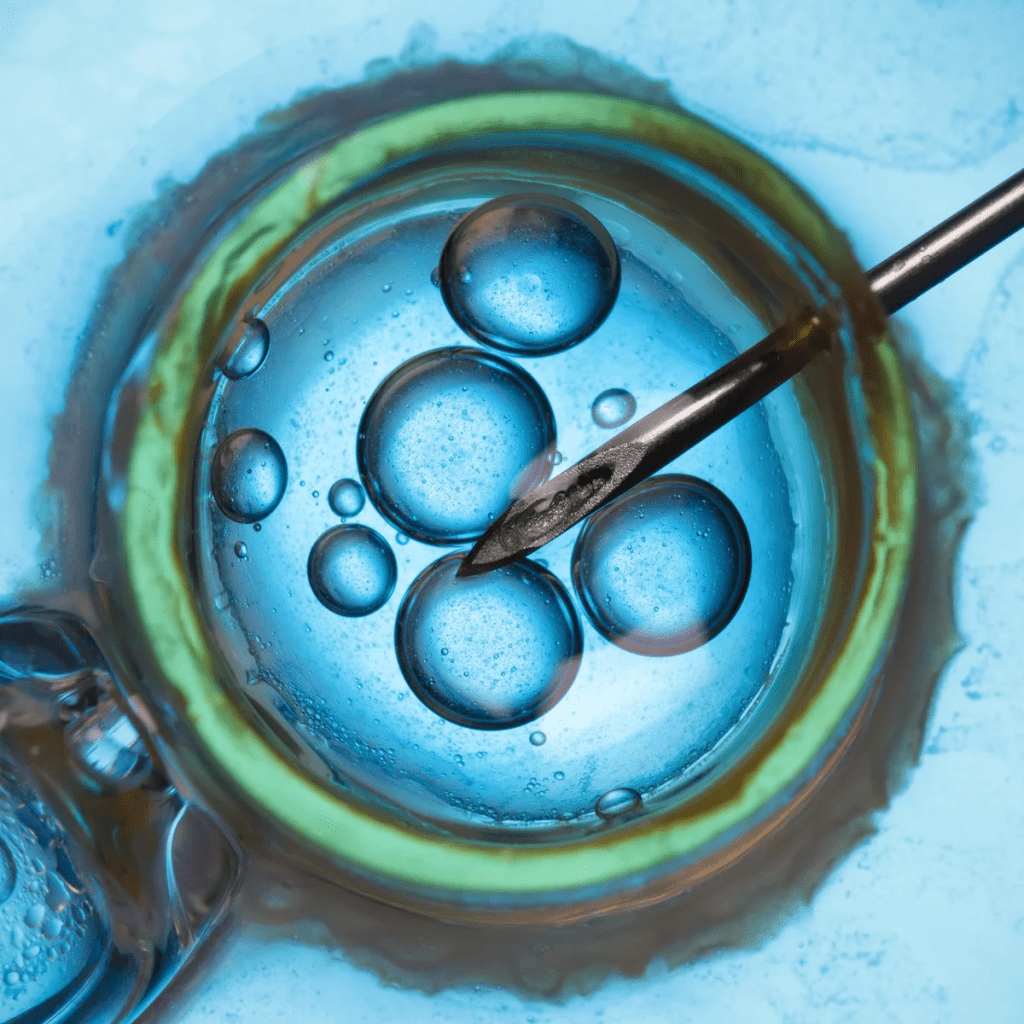Imagine a world where infertility no longer defines someone’s ability to have children. Where age, biology, or health no longer dictate who can become a parent. Thanks to an emerging technology known as in-vitro gametogenesis (IVG), that world may soon be a reality. Scientists are learning how to turn ordinary skin cells into functional eggs and sperm—paving the way for a groundbreaking shift in human reproduction.
In a groundbreaking study covered by The Washington Post and published in Nature, Japanese researchers managed to transform stem cells into viable egg cells. These lab-grown eggs were then fertilized and successfully implanted into female mice, resulting in healthy offspring. And that’s just the beginning.
What Exactly Is In-Vitro Gametogenesis (IVG)?

IVG is a method of producing gametes—sperm and egg cells—in a laboratory, not from reproductive organs, but from reprogrammed skin or stem cells. These cells are genetically reverted to a pluripotent state, meaning they can become any cell type, including reproductive ones.
This breakthrough has the potential to revolutionize fertility treatments. For individuals who can’t naturally produce sperm or eggs—whether due to age, medical treatments, or congenital conditions—IVG offers the chance to have biological children using their own cells.
Why IVG Could Be the End of Infertility
Roughly one in six couples worldwide experience infertility. Traditional IVF offers some solutions, but it still depends on viable sperm and egg cells or the use of donors. IVG, on the other hand, could eliminate that barrier entirely.
Imagine a cancer survivor who lost fertility during treatment being able to use their skin cells to create a child. Or a same-sex couple both contributing DNA to an embryo. Or a woman in her 50s having biological children without donor eggs. IVG isn’t just science—it’s hope for millions.
The Mouse Milestone: How It All Started
In 2023, scientists in Japan achieved something astonishing: they created fully functional eggs from stem cells. After fertilizing these lab-grown eggs with sperm and implanting them into female mice, the result was healthy, fertile baby mice.
Video : Your Skin Cells Could Make a Baby, Will This Be the End of Infertility?
In another jaw-dropping experiment, researchers created eggs from male mouse skin cells—yes, male—and fertilized them to produce offspring with two biological fathers. This showed that same-sex biological parenting could be possible in the near future.
These studies didn’t just push the envelope—they ripped it wide open.
What Could This Mean for Humans?
Although we’re still in the animal testing phase, many experts believe human applications of IVG are only five to ten years away. Scientists are already working on adapting these methods to human cells, which could reshape everything we know about fertility medicine.
Here are a few game-changing possibilities:
- People with infertility could have biological children using only their skin cells
- Same-sex couples could create children genetically related to both parents
- IVF could become far more efficient by creating dozens of healthy eggs in the lab
- Age barriers for conception could fade, giving older women a chance to have kids biologically
Ethical Concerns Are Rising with the Science
But with every leap forward, questions follow. What are the risks of using IVG irresponsibly? Could people create embryos without consent if they have access to someone’s DNA? Would society move toward choosing embryos based on traits—venturing into the territory of designer babies?
One of the most controversial ideas is solo parenting—using one person’s skin cells to make both an egg and sperm. While it’s theoretically possible, it would double the risk of genetic disorders due to lack of genetic diversity. Most experts believe it will be prohibited.
Multiplex parenting, however—where more than two people contribute DNA to create an embryo—may be more ethically viable. It’s less risky biologically and could reflect evolving ideas about what a family looks like.

Still, there are serious ethical debates around:
- Genetic screening and embryo selection for non-medical traits
- High-risk pregnancies in older women
- Potential misuse of IVG for cloning or unauthorized reproduction
These issues will demand not only new medical frameworks, but also entirely new legal and social policies.
Will IVG Replace Traditional IVF?
Not entirely—but it could significantly improve it. Right now, IVF depends on retrieving viable eggs and sperm from patients, which isn’t always possible. With IVG, doctors could generate as many eggs or sperm as needed, increasing success rates and lowering costs over time.
Researchers are also developing advanced imaging tools to analyze sperm more accurately, improving the odds of successful fertilization. Combined with IVG, this could create a future where fertility treatments are far more effective and inclusive.
So What’s Next?
Before IVG becomes available for humans, several critical steps need to happen. Researchers must ensure long-term safety and genetic stability of lab-grown gametes. Clinical trials need to meet global regulatory standards. And, perhaps most importantly, governments and ethicists need to agree on how to handle the legal and moral implications.
Video : IVG: 10 years until the end of infertility
Still, the momentum is building. Some biotech companies are already investing heavily in IVG research. Public interest is growing. And the successful birth of mice from lab-grown cells has proven that this science isn’t just promising—it’s real.
Conclusion: A Brave New World of Reproduction
Turning skin cells into eggs and sperm may seem like something out of a sci-fi movie, but it’s quickly becoming part of our reality. This revolutionary technology could transform lives by making parenthood possible for people who never thought it would be an option.
But as we enter this new frontier, we must tread carefully. IVG has the power to solve infertility, expand family possibilities, and democratize reproductive health. It also forces us to rethink what it means to create life, and what ethical guardrails we must build to protect it.
If successful, IVG won’t just change how babies are made—it will change the very definition of family. And it all starts with a single cell.


